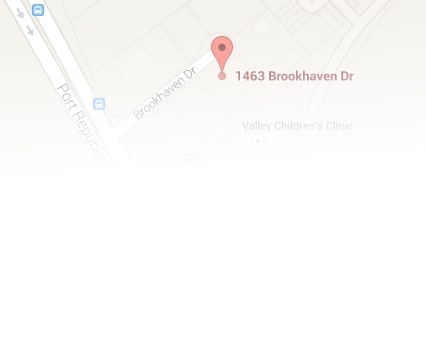
Attorney Robert Byrne
Understanding personal injury law, particularly the question of “do I have a personal injury case?” depends on a number of facts and legal issues. Stated simply, an individual has a personal injury claim when that individual suffers an injury due to another person’s or company’s fault. In legal terms, when a person or a company causes injury to another, such an action is called a “tort.”
The Tort of Negligence
The most common type of tort for injury claims is the tort of negligence. Negligence, in a general sense, is understood as someone’s failure to act like a reasonable person to protect others from unreasonable risks, which causes harm to another. Put another way, in a negligence claim, a jury examines a defendant’s conduct and compares it to what a reasonable person facing the same risks of harm to another would be expected to do. If the jury determines that the defendant’s conduct falls short of what is expected of a reasonable person, the jury is entitled to render a verdict for the plaintiff.
The Elements of Negligence
First: Legal Duty
For a legal consultation with a personal injury lawyer, call (434) 817-3100
To establish a claim for negligence in Virginia, an injured party must prove four general elements. First, the injured plaintiff must show that the party that caused the injury, often called a “tortfeasor,” owed the plaintiff a legal duty. Perhaps the best way to think of a legal duty is to think of certain “safety rules” that society establishes – car drivers must stop at red lights, an automobile operator must not drive while intoxicated, tractor trailer drivers must obey the speed limit, car drivers must not follow other vehicles too closely, etc. Each of these safety rules create duties, or an obligation to refrain from foreseeable harms that are likely to occur when these duties are breached. In the previous examples given, society requires that reasonable drivers abide by these safety rules to, where possible, prevent foreseeable harm.
Second: Breach of the Duty
The second element of a negligence claim is to show that the defendant breached the legal duty. Using legalese, a defendant breaches a legal duty when he or she fails to exercise the level of care expected of a reasonable person under those circumstances. To explain by way of the previous examples, a car driver breaches a duty to stop for a red light when he or she fails to come to a complete stop at a red light; or a driver consumes excessive amounts of alcohol and then drives under the influence of alcohol; a tractor trailer driver operates her truck above the posted speed limit; or a driver follows another car without giving proper space to slow down and stop. These are just some examples of how a driver could breach duties — safety rules — owed to other drivers.
Third: Proximate Cause
A successful personal injury action requires a third element: showing that the defendant’s breached duty was the proximate cause of plaintiff’s injury. To prove proximate causation, a successful personal injury claim requires the plaintiff to show that the defendant’s conduct was the cause or reason for the injury the plaintiff suffered. A plaintiff can generally establish proximate cause by showing that, “but for” the defendant’s breached duty, the plaintiff would not have suffered an injury. In other words, proximate causation means that the defendant’s breach set in motion an unbroken chain of events that resulted in the plaintiff’s injury.
Fourth: Harm or Injury
The fourth and final element of a negligence claim, of course, is to show that the plaintiff suffered harm, or an injury. Compensable physical injuries can range in degree, from a soft-tissue injury to catastrophic spinal cord or traumatic brain injury, and also in kind, from these types of physical injuries to a broad type of emotional and psychological injuries.
Harm suffered by a plaintiff can also include other forms of economic and noneconomic damages. Economic damages are those damages that compensate you for your actual monetary losses suffered in an accident, such as lost wages from missed time at work, hospital and medical bills incurred to treat injuries sustained in an accident, and even property damaged in the accident or collision. Noneconomic damages are those damages for more intangible injuries that are not capable of exact calculation, like pain and suffering, emotional distress, loss of enjoyment of loss, humiliation, and other forms of non-quantifiable damages.
“Do I have a personal injury claim?” is a question that hinges on a number of legal and factual issues. The analysis of such a claim can be complex, and injured individuals are best served to consult with an experienced personal injury attorney about whether they have a personal injury case.
Click to contact personal injury lawyers today
If you or a loved one have been injured in an accident, you may have a personal injury claim based on negligence against the party that caused the injury. To examine whether you have a personal injury claim, contact Robert E. Byrne, Jr., one of MartinWren, P.C.’s Charlottesville Personal Injury Attorneys, for a free consultation. Bob can be reached, toll free, at (855) 812-9220, or by email at [email protected].
Call (434) 817-3100 or complete a Case Evaluation form



